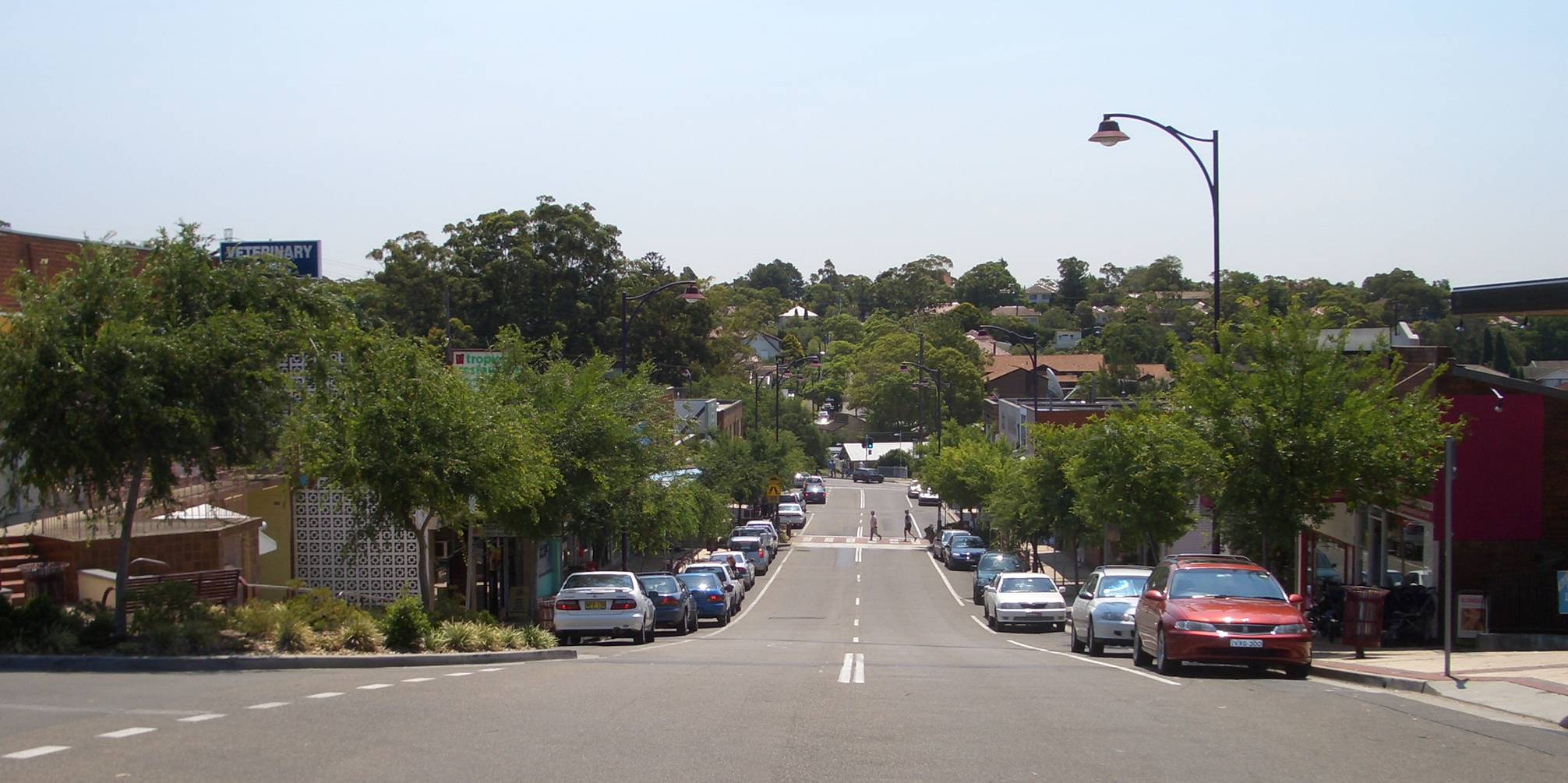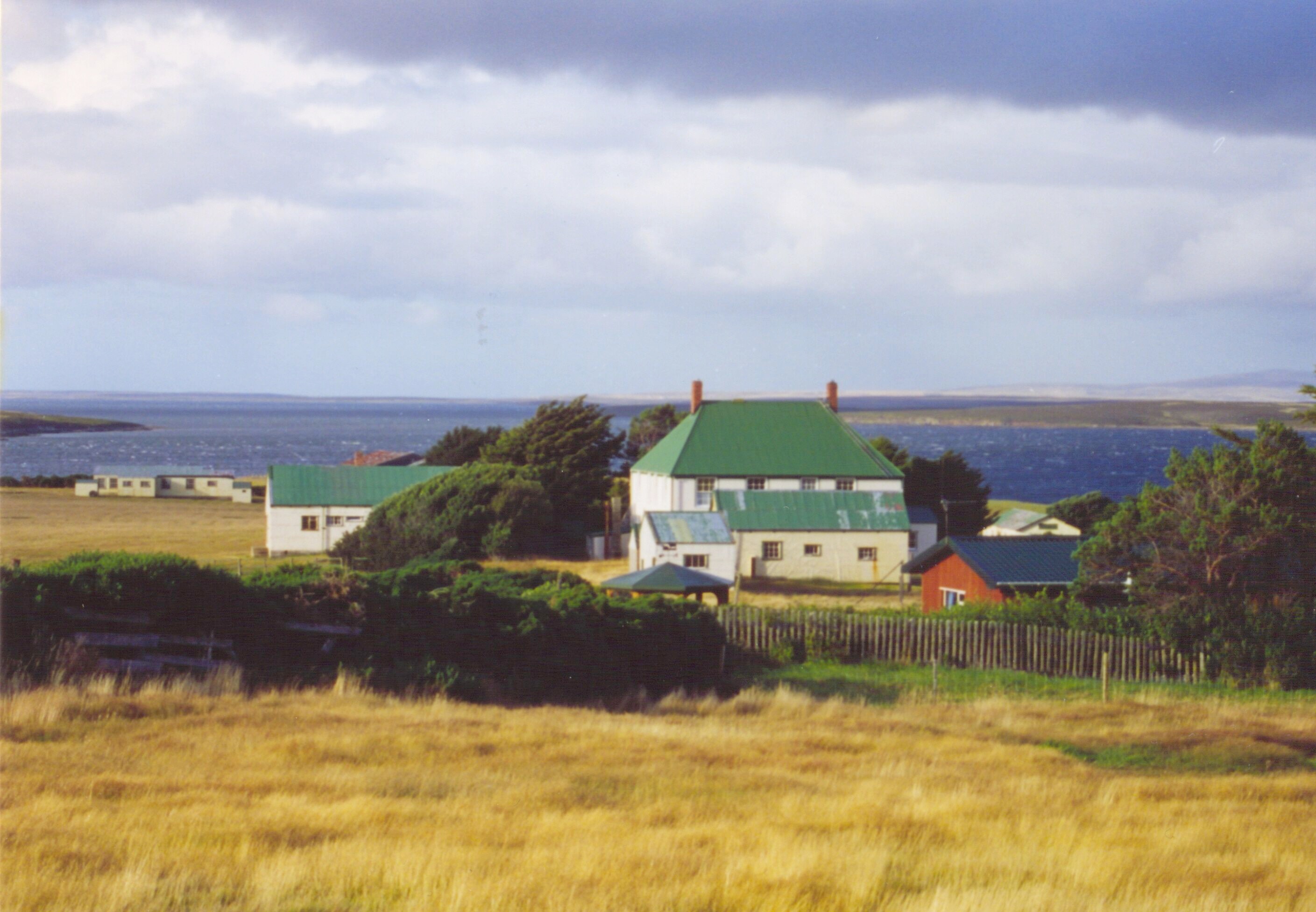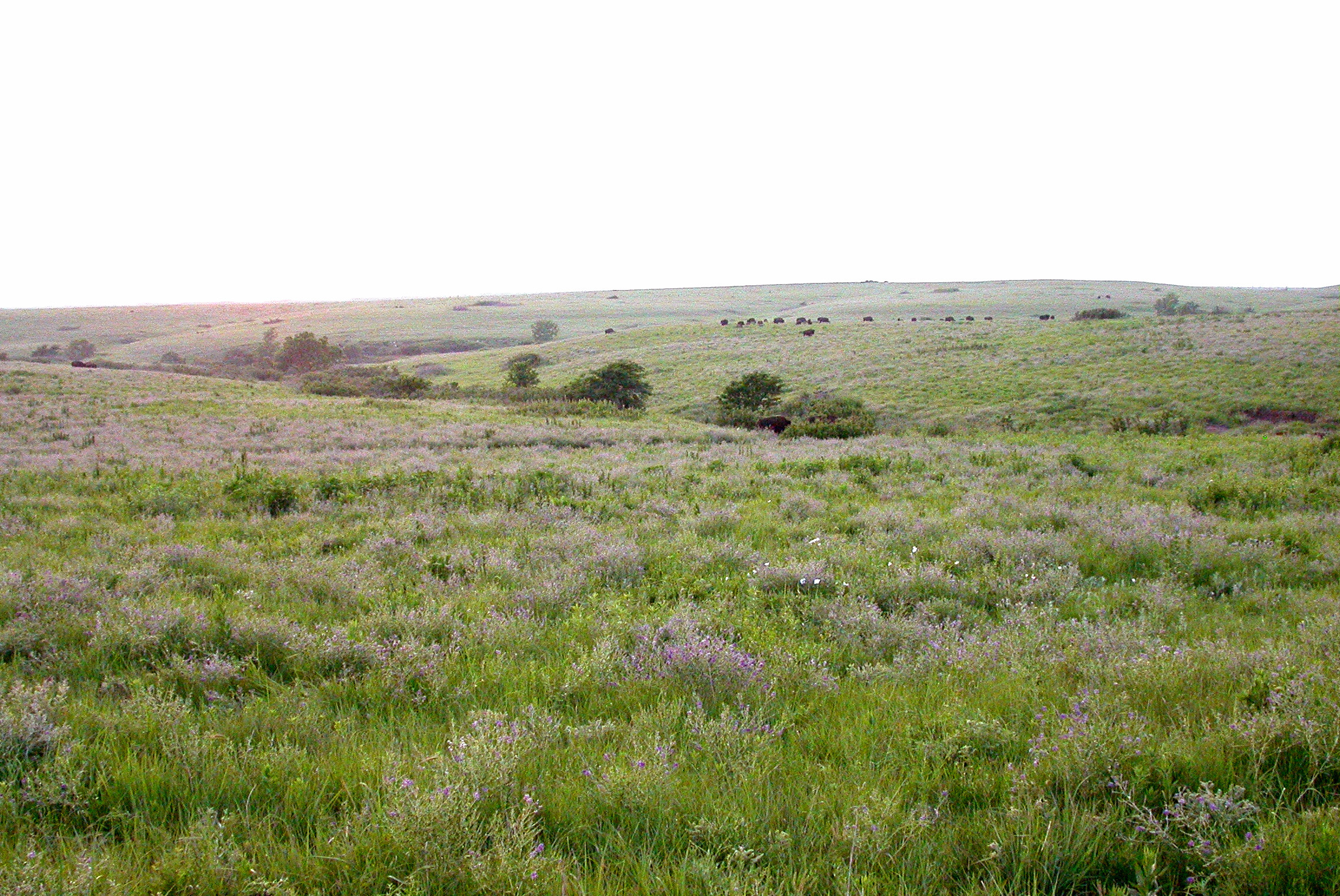|
Austrostipa Pubescens
''Austrostipa pubescens'', the spear grass, grows in heathland and sandy areas in eastern Australia. It grows in the form of a tufted bunchgrass, and may reach a height of . The specific epithet ''pubescens'' translates to "softly hairy". It first appeared in scientific literature in 1810 as ''Stipa pubescens'' in the ''Prodromus Florae Novae Hollandiae ''Prodromus Florae Novae Hollandiae et Insulae Van Diemen'' (Prodromus of the Flora of New Holland and Van Diemen's Land) is a flora of Australia written by botanist Robert Brown and published in 1810. Often referred to as ''Prodromus Flora Nova ...'', authored by the prolific Scottish botanist, Robert Brown. References External links * pubescens Bunchgrasses of Australasia Flora of New South Wales Flora of Queensland Plants described in 1810 {{Pooideae-stub ... [...More Info...] [...Related Items...] OR: [Wikipedia] [Google] [Baidu] |
Jannali
Jannali is a suburb in southern Sydney, in the state of New South Wales, Australia. Jannali is located 28 kilometres south of the Sydney central business district in the local government area of the Sutherland Shire. The majority of land use in Jannali is residential and bushland reserve, while the suburb is bisected by the north–south railway line. The majority of Jannali's enterprises are located close to the suburb's railway station. History is an Aboriginal word, meaning ''the Place of the Moon'', originating from an unknown language as recorded by George Thornton. The Dharug language word for the Moon is 'yanada', and Jannali may be an alternative Anglicization of this. The area began to develop with the arrival of the railway line in 1884. However, the railway station at Jannali was not built until 1931. The department of railways paid for the construction of the railway station and ramps while the local council paid for the road bridge over the line at the south ... [...More Info...] [...Related Items...] OR: [Wikipedia] [Google] [Baidu] |
Australia
Australia, officially the Commonwealth of Australia, is a sovereign ''Sovereign'' is a title which can be applied to the highest leader in various categories. The word is borrowed from Old French , which is ultimately derived from the Latin , meaning 'above'. The roles of a sovereign vary from monarch, ruler or ... country comprising the mainland of the Australian continent, the island of Tasmania, and numerous smaller islands. With an area of , Australia is the largest country by area in Oceania and the world's sixth-largest country. Australia is the oldest, flattest, and driest inhabited continent, with the least fertile soils. It is a megadiverse country, and its size gives it a wide variety of landscapes and climates, with deserts in the centre, tropical Forests of Australia, rainforests in the north-east, and List of mountains in Australia, mountain ranges in the south-east. The ancestors of Aboriginal Australians began arriving from south east Asia approx ... [...More Info...] [...Related Items...] OR: [Wikipedia] [Google] [Baidu] |
Joy Everett
The word joy refers to the emotion evoked by well-being, success, or good fortune, and is typically associated with feelings of intense, long lasting happiness. Dictionary definitions Dictionary definitions of joy typically include a sense of it being a reaction to an external happening, e.g. a physical sensation experienced, or receiving good news. Distinction vs similar states saw a clear distinction between joy, pleasure, and happiness: "I sometimes wonder whether all pleasures are not substitutes for Joy", and "I call it Joy, which is here a technical term and must be sharply distinguished both from Happiness and Pleasure. Joy (in my sense) has indeed one characteristic, and one only, in common with them; the fact that anyone who has experienced it will want it again... I doubt whether anyone who has tasted it would ever, if both were in his power, exchange it for all the pleasures in the world. But then Joy is never in our power and Pleasure often is." Michela Summa say ... [...More Info...] [...Related Items...] OR: [Wikipedia] [Google] [Baidu] |
Heathland
A heath () is a shrubland habitat (ecology), habitat found mainly on free-draining infertile, acidic soils and characterised by open, low-growing woody vegetation. Moorland is generally related to high-ground heaths with—especially in Great Britain—a cooler and damper climate. Heaths are widespread worldwide but are fast disappearing and considered a rare habitat in Europe. They form extensive and highly diverse communities across Australia in humid and sub-humid areas where fire regimes with recurring burning are required for the maintenance of the heathlands.Specht, R.L. 'Heathlands' in 'Australian Vegetation' R.H. Groves ed. Cambridge University Press 1988 Even more diverse though less widespread heath communities occur in Southern Africa. Extensive heath communities can also be found in the Texas chaparral, New Caledonia, central Chile, and along the shores of the Mediterranean Sea. In addition to these extensive heath areas, the vegetation type is also found in scattere ... [...More Info...] [...Related Items...] OR: [Wikipedia] [Google] [Baidu] |
Bunchgrass
Tussock grasses or bunch grasses are a group of grass species in the family Poaceae. They usually grow as singular plants in clumps, tufts, hummocks, or bunches, rather than forming a sod or lawn, in meadows, grasslands, and prairies. As perennial plants, most species live more than one season. Tussock grasses are often found as forage in pastures and ornamental grasses in gardens. Many species have long roots that may reach or more into the soil, which can aid slope stabilization, erosion control, and soil porosity for precipitation absorption. Also, their roots can reach moisture more deeply than other grasses and annual plants during seasonal or climatic droughts. The plants provide habitat and food for insects (including Lepidoptera), birds, small animals and larger herbivores, and support beneficial soil mycorrhiza. The leaves supply material, such as for basket weaving, for indigenous peoples and contemporary artists. Tussock and bunch grasses occur in almost any hab ... [...More Info...] [...Related Items...] OR: [Wikipedia] [Google] [Baidu] |
Prodromus Florae Novae Hollandiae
''Prodromus Florae Novae Hollandiae et Insulae Van Diemen'' (Prodromus of the Flora of New Holland and Van Diemen's Land) is a flora of Australia written by botanist Robert Brown and published in 1810. Often referred to as ''Prodromus Flora Novae Hollandiae'', or by its standard botanical abbreviation ''Prodr. Fl. Nov. Holland.'', it was the first attempt at a survey of the Australian flora. It described over 2040 species, over half of which were published for the first time. Brown's ''Prodromus'' was originally published as Volume One, and following the ''Praemonenda'' (Preface), page numbering commences on page 145. Sales of the ''Prodromus'' were so poor, however, that Brown withdrew it from sale. Due to the commercial failure of the first volume, pages 1 to 144 were never issued, and Brown never produced the additional volumes that he had planned. In 1813, a book of illustrations for the ''Prodromus'' was published separately by Ferdinand Bauer Ferdinand Lucas Bauer (20 ... [...More Info...] [...Related Items...] OR: [Wikipedia] [Google] [Baidu] |
Robert Brown (botanist, Born 1773)
Robert Brown (21 December 1773 – 10 June 1858) was a Scottish botanist and paleobotanist who made important contributions to botany largely through his pioneering use of the microscope. His contributions include one of the earliest detailed descriptions of the cell nucleus and cytoplasmic streaming; the observation of Brownian motion; early work on plant pollination and fertilisation, including being the first to recognise the fundamental difference between gymnosperms and angiosperms; and some of the earliest studies in palynology. He also made numerous contributions to plant taxonomy, notably erecting a number of plant families that are still accepted today; and numerous Australian plant genera and species, the fruit of his exploration of that continent with Matthew Flinders. Early life Robert Brown was born in Montrose on 21 December 1773, in a house that existed on the site where Montrose Library currently stands. He was the son of James Brown, a minister i ... [...More Info...] [...Related Items...] OR: [Wikipedia] [Google] [Baidu] |
Austrostipa
''Austrostipa'' is a primarily Australian genus of plants in the grass family, commonly called speargrass. The genus includes species formerly included in the genus ''Stipa.'' All known species are native to Australia, most of them found nowhere else. One species ''(A. variabilis)'' is, however, found in South Africa as well as in Australia, and two species ''(A. setacea + A. stipoides)'' are native to Australia and New Zealand New Zealand ( mi, Aotearoa ) is an island country in the southwestern Pacific Ocean. It consists of two main landmasses—the North Island () and the South Island ()—and over 700 List of islands of New Zealand, smaller islands. It is the .... The group likely originated in Australia approximately 20 million years ago. ; Species References Bunchgrasses of Australasia Poaceae genera {{Pooideae-stub ... [...More Info...] [...Related Items...] OR: [Wikipedia] [Google] [Baidu] |
Bunchgrasses Of Australasia
Tussock grasses or bunch grasses are a group of grass species in the family Poaceae. They usually grow as singular plants in clumps, tufts, hummocks, or bunches, rather than forming a sod or lawn, in meadows, grasslands, and prairies. As perennial plants, most species live more than one season. Tussock grasses are often found as forage in pastures and ornamental grasses in gardens. Many species have long roots that may reach or more into the soil, which can aid slope stabilization, erosion control, and soil porosity for precipitation absorption. Also, their roots can reach moisture more deeply than other grasses and annual plants during seasonal or climatic droughts. The plants provide habitat and food for insects (including Lepidoptera), birds, small animals and larger herbivores, and support beneficial soil mycorrhiza. The leaves supply material, such as for basket weaving, for indigenous peoples and contemporary artists. Tussock and bunch grasses occur in almost any hab ... [...More Info...] [...Related Items...] OR: [Wikipedia] [Google] [Baidu] |
Flora Of New South Wales ...
*''The Flora that are native to New South Wales, Australia''. :*''Taxa of the lowest rank are always included. Higher taxa are included only if endemic''. *The categorisation scheme follows the World Geographical Scheme for Recording Plant Distributions, in which :* Jervis Bay Territory, politically a Commonwealth of Australia territory, is treated as part of New South Wales; :* the Australian Capital Territory, politically a Commonwealth of Australia territory, is treated as separate but subordinate to New South Wales; :* Lord Howe Island, politically part of New South Wales, is treated as subordinate to Norfolk Island. {{CatAutoTOC New South Wales Biota of New South Wales New South Wales ) , nickname = , image_map = New South Wales in Australia.svg , map_caption = Location of New South Wales in AustraliaCoordinates: , subdivision_type = Country , subdivision_name = Australia , established_title = Before federation , es ... [...More Info...] [...Related Items...] OR: [Wikipedia] [Google] [Baidu] |
Flora Of Queensland
Flora (: floras or florae) is all the plant life present in a particular region or time, generally the naturally occurring ( indigenous) native plants. The corresponding term for animals is ''fauna'', and for fungi, it is '' funga''. Sometimes bacteria and fungi are also referred to as flora as in the terms '' gut flora'' or '' skin flora''. Etymology The word "flora" comes from the Latin name of Flora, the goddess of plants, flowers, and fertility in Roman mythology. The technical term "flora" is then derived from a metonymy of this goddess at the end of the sixteenth century. It was first used in poetry to denote the natural vegetation of an area, but soon also assumed the meaning of a work cataloguing such vegetation. Moreover, "Flora" was used to refer to the flowers of an artificial garden in the seventeenth century. The distinction between vegetation (the general appearance of a community) and flora (the taxonomic composition of a community) was first made by Jules Thu ... [...More Info...] [...Related Items...] OR: [Wikipedia] [Google] [Baidu] |

.jpeg/1200px-Amrum_(187753235).jpeg)

.jpg)

